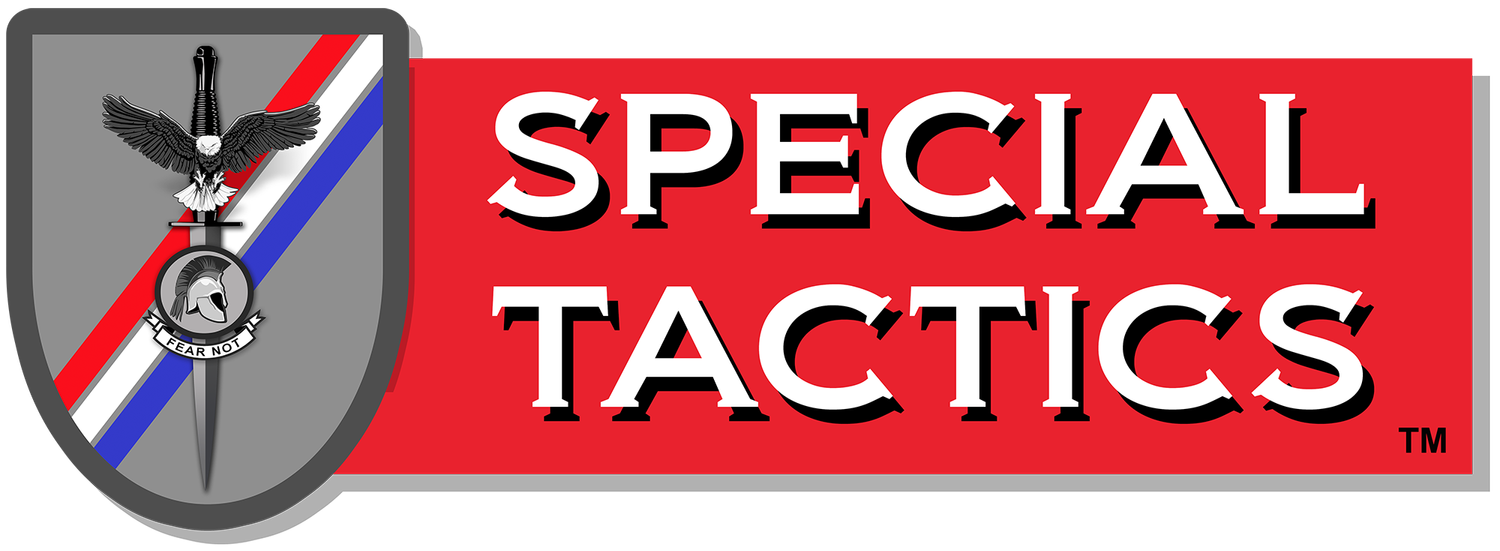Advanced CQB Part 1: What is "Advanced" CQB?
In the coming weeks and months, Special Tactics will be releasing a series of articles, online courses and books covering the topic of “Advanced Close Quarters Battle.” This first article is a primer to understand what Advanced CQB is and what it is not. Those who follow the evolution of CQB tactics will agree that there are always new, complicated and creative techniques popping up. While everyone is entitled to his/her opinion and not all of these techniques are necessarily “bad,” in general we believe that getting to an advanced level in CQB is not about making things more complicated or fancy. In our opinion (and we welcome arguments on our various social media sites), advanced CQB is not about learning new advanced techniques but rather about mastering the basic techniques to an advanced level.
Truly mastering a basic technique isn’t easy and most training programs out there miss many of the key components required to achieve mastery. Our upcoming articles, courses and books will go into great detail explaining specific steps, focused on 3 fundamental areas: Movement and action refinement, tailored variations and performance optimization techniques.
Movement and Action Refinement: At the basic level, a technique involves broad descriptions of where to go and what to do. However, even the simplest of actions, such as moving through a doorway, can be broken down into minute detail. Refining fundamentals such as footwork, biomechanics, body positioning, weapon manipulation, vision and situational awareness can increase your chances of success and survival when moving through a doorway. However, one critical reason why going into this level of detail must be considered “advanced” training is because if a novice practitioner attempts to focus on these details, he/she will likely become overwhelmed, inwardly focused, and fail to maintain threat awareness. Only when you have truly mastered the larger components of a movement and relegated them to second-nature, can you go on to refine the smaller details of that movement without overloading the brain.
Tailored Variations: When training individuals at a basic level, with limited time, it is often most efficient to minimize variations within a technique. It is better to learn something “one-way” very well than to learn multiple ways or multiple variations but not master any of them. While the value of simplicity never goes away, as an individual becomes more skilled and experienced, it is possible to start introducing variations into techniques based on that individual’s unique physical attributes, body mechanics, strengths, weaknesses and personal preferences. Essentially, the better you get, the more you can “break the rules,” when it comes to tactics and techniques. Advanced CQB training involves knowing all of the ways to apply variations of techniques, understanding the advantages and disadvantages of each variation in different situations, knowing which variations are more suitable for specific individuals and understanding the risks associated with technique choices.
Performance Optimization Techniques: Understanding a technique, refining it and understanding its variations is only the first step. Truly achieving an advanced skill level requires understanding how to train and how to practice various tactics and techniques. In the words of Vince Lombardi, “Practice doesn’t make perfect. Perfect practice makes perfect.” There are good and bad ways to practice. Achieving mastery means selecting only the most effective practice techniques and constantly evaluating and refining them to maximize the rate of performance increase. This also implies that you have methods of measuring and tracking performance over time. Finally, the most effective practice techniques might vary from person to person so optimizing training time involves a tailoring process to meet individual needs as well.
Our upcoming courses and publications will focus on the three elements above in detail and help experienced CQB practitioners achieve even higher levels of operational effectiveness. While working on this project we will also be engaging our online community to learn as much as we can from people with different backgrounds and perspectives. So, please feel free to contribute your own thoughts and ideas by either posting on our social media sites, or sending an email to info@specialtactics.me.

